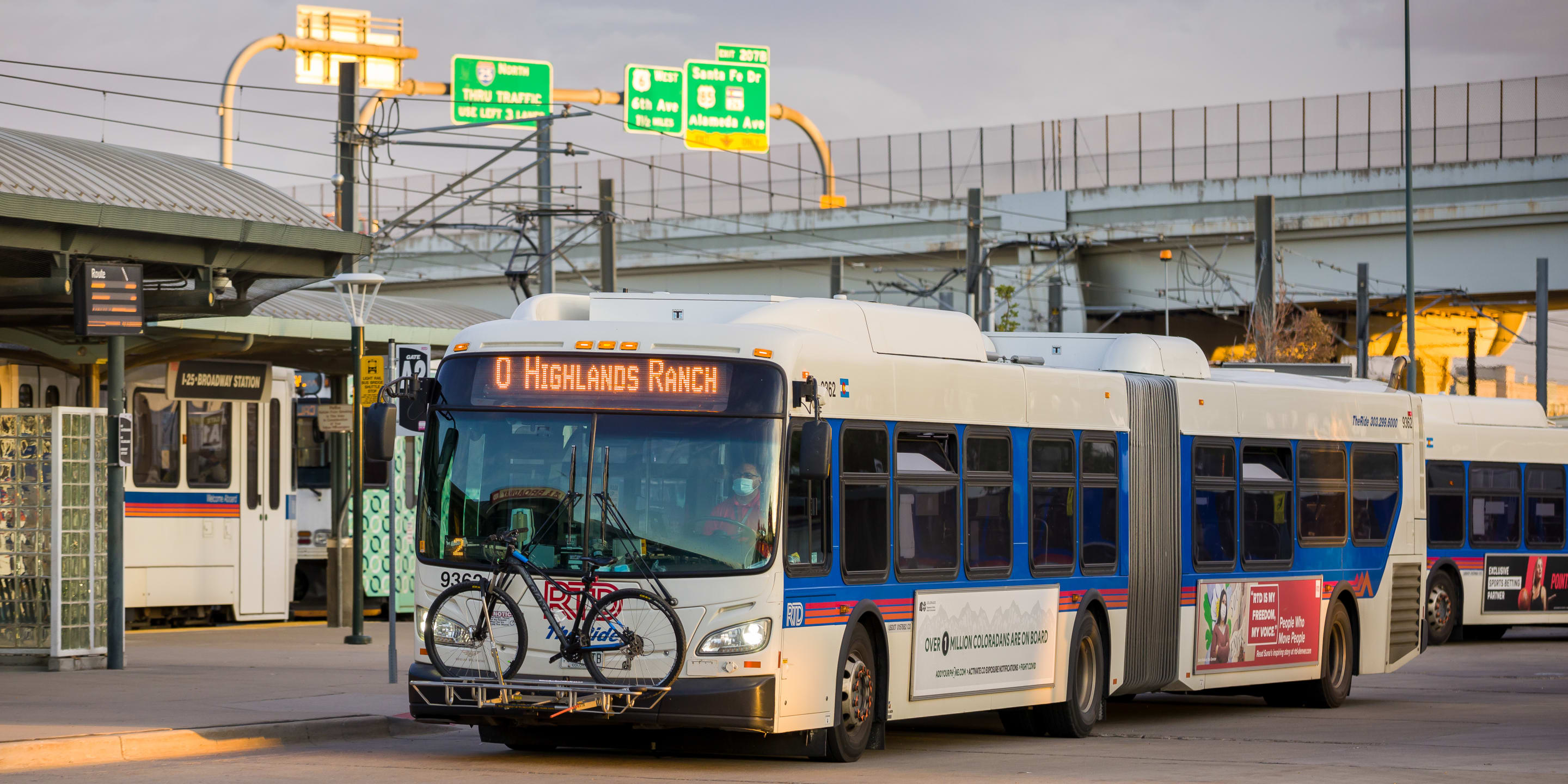
Keep an eye on the road: Stay out of the bus lanes
Driving around downtown Denver means seeing the sights: Union Station, Coors Field, 16th Street, and everything in between, including the RTD buses that travel up and down the streets in the bus lanes.
Denver has 20 designated bus lanes that cover 12.05 miles across 13 different streets. Thirteen are dedicated bus lanes, six are both bus and HOV lanes, and the 16th Street FreeRide, which covers a mile-long stretch of the downtown corridor. The longest bus lanes are on Broadway from 19th Street to Exposition Avenue at 3.05 miles, and the four miles that extend from downtown to US-36.
At peak traffic times, the bus lanes seem like a perfect opportunity for drivers to zip past the crowd, or park while waiting for a friend or stopping to run an errand. "Drivers moving into the bus lanes or parking in them only creates more traffic,” Mark Krone, Assistant Manager for Bus Operations, East Metro, said. “Weaving in and out of the lanes is inconvenient for everyone, and impacts RTD service. The buses need to get where they’re heading, too.”
Buses generally take longer to pull away from a complete stop due to engine/transmission power to weight ratio, ensuring the safety of any customers standing, and considering other traffic hazards. Bus operators are asked to proceed with caution, travel 5 mph under posted speed limits in construction zones and follow the "3-foot rule" for any bicyclists either in bike lanes or in traffic lanes.
“The most important thing for drivers to remember is to pay attention, plain and simple. Not just to the vehicles around them, but also for road signage and construction zones,” said Tim Lucero, General Superintendent of Street Operations. “Not focusing on the road can lead to accidents with other cars, swerving into the RTD buses or customers waiting in the bus lane.”
According to Krone, most accidents are caused when drivers make a right turn from the center, crossing over into the bus lane.
“The number one issue I had as a bus operator was travelling downtown with other motorists speeding up to get in front of me, then slamming on brakes to take right turns. It happens more frequently than any other road hazard, by far.”
As the buses take longer to start and pull away, they also require more time to stop. Krone estimates that at 25 mph, an average RTD bus requires 95 feet to come to a complete stop, which could be a matter of seconds from observation to reaction time.
Lucero hopes that motorists will be more patient on the roads, “It’s not just RTD out there. Pedestrians are out there, bicyclists. The risk is great, and reward is far too minimal to get into that parking garage or parking spot or to turn onto an adjoining street. Pay attention and stay safe.”